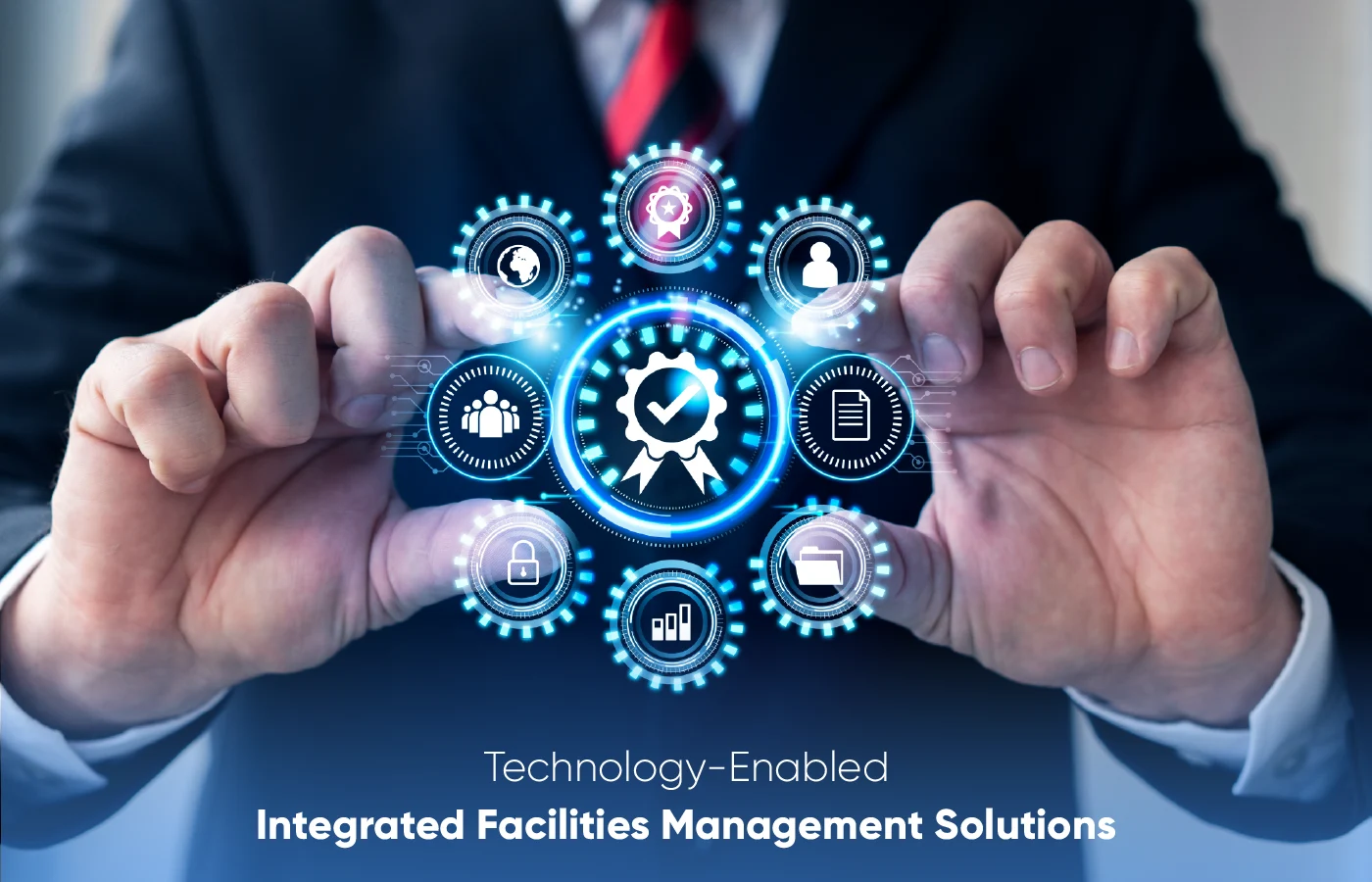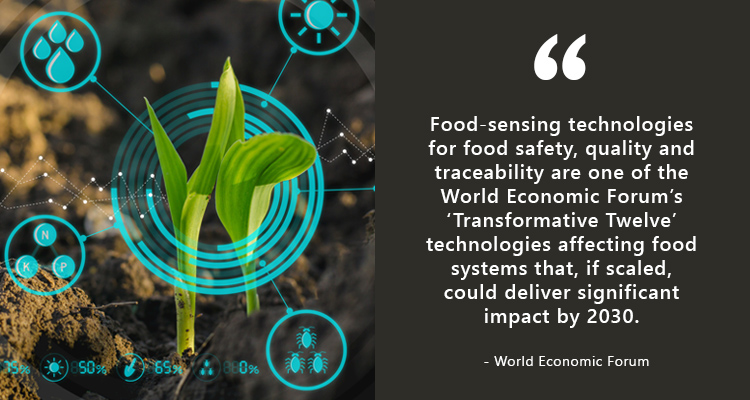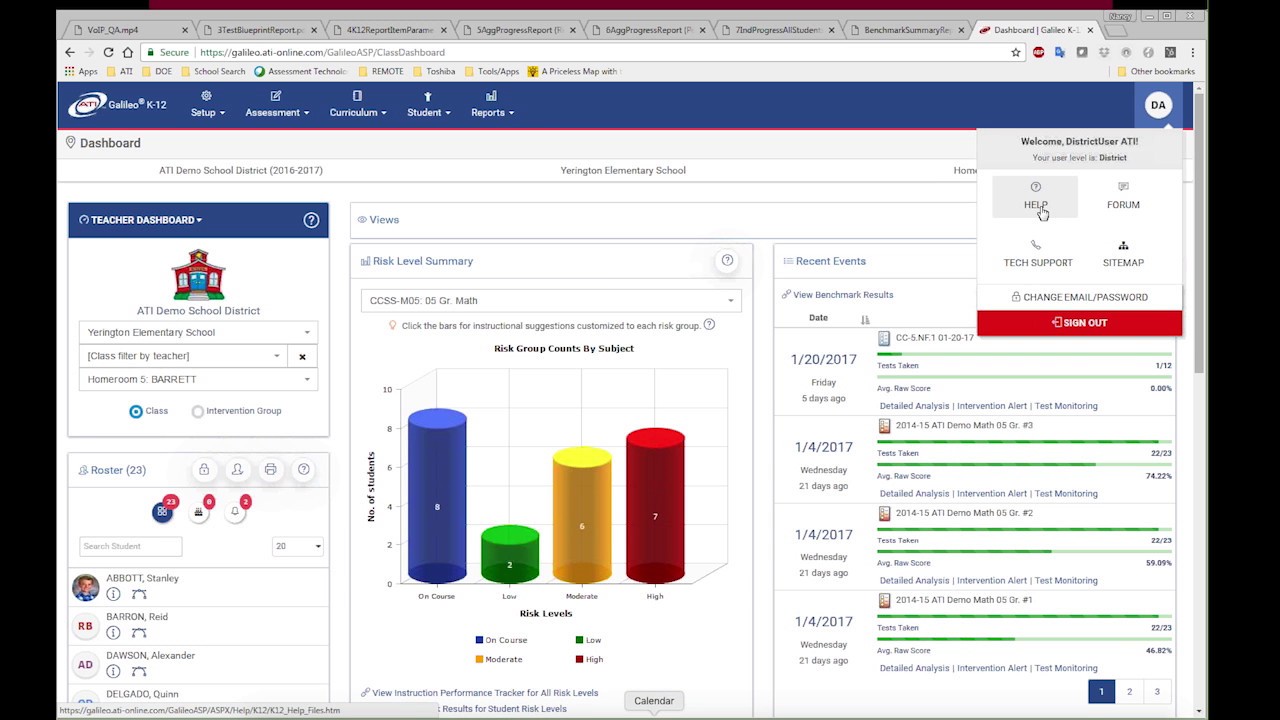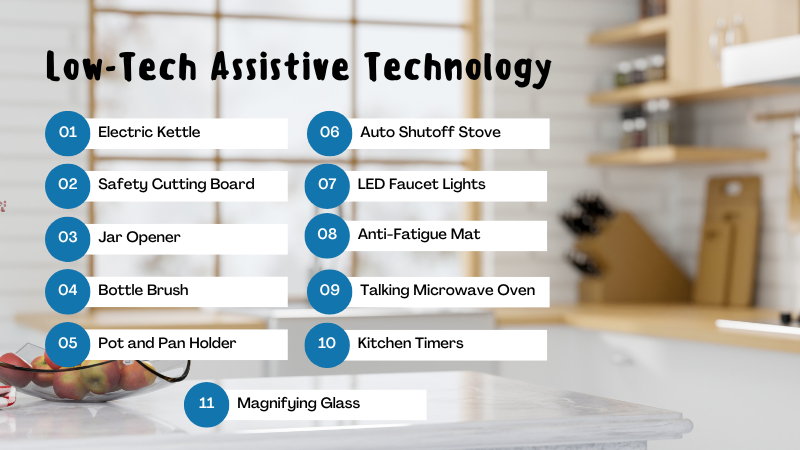Facility Technology: Transforming Modern Buildings
Facility technology is revolutionizing the way we design, manage, and operate buildings. From smart lighting systems that adjust to occupancy and daylight levels to building automation systems that optimize energy […]

Facility technology is revolutionizing the way we design, manage, and operate buildings. From smart lighting systems that adjust to occupancy and daylight levels to building automation systems that optimize energy consumption, facility technology is transforming buildings into intelligent, responsive environments.
These advancements are not just about convenience; they are about creating safer, more sustainable, and more efficient spaces. Facility technology empowers building owners and operators to make informed decisions, optimize resource utilization, and enhance the overall experience for occupants.
Definition and Scope of Facility Technology
Facility technology encompasses the integration of various systems and technologies to enhance the functionality, efficiency, and overall performance of buildings and infrastructure. It plays a crucial role in modern facilities, enabling optimized operations, improved comfort, and enhanced safety.
Components of Facility Technology
Facility technology comprises several interconnected components that work together to achieve its objectives. These components include:
- Building Automation Systems (BAS): BAS are sophisticated control systems that manage and monitor various building functions, such as HVAC, lighting, security, and energy consumption. They use sensors, actuators, and software to optimize building performance based on real-time data and pre-programmed schedules.
- Energy Management Systems (EMS): EMS are specialized systems designed to monitor and control energy consumption within a facility. They track energy usage patterns, identify inefficiencies, and implement strategies to reduce energy waste. This can involve adjusting HVAC settings, optimizing lighting schedules, and implementing renewable energy sources.
- Security Systems: Security systems encompass a range of technologies designed to protect facilities and their occupants from unauthorized access, theft, and other threats. This includes access control systems, video surveillance, intrusion detection systems, and fire alarms.
- Communication Networks: Communication networks are essential for connecting and integrating different facility systems. They enable data exchange, remote monitoring, and centralized control, facilitating efficient operation and maintenance.
Applications of Facility Technology in Different Sectors
Facility technology finds applications across various sectors, enhancing operational efficiency, safety, and sustainability. Some examples include:
- Healthcare: Hospitals and clinics utilize facility technology to manage critical systems like HVAC, lighting, and security. This ensures optimal patient care environments, reduces energy consumption, and enhances safety protocols.
- Education: Educational institutions leverage facility technology to create comfortable and efficient learning environments. This involves managing HVAC systems, optimizing lighting for different learning activities, and implementing security measures to ensure student safety.
- Manufacturing: Manufacturing facilities rely on facility technology to optimize production processes, manage energy consumption, and maintain a safe and efficient work environment. This includes implementing automation systems, monitoring environmental conditions, and ensuring compliance with safety regulations.
- Retail: Retail stores use facility technology to enhance customer experience, manage energy consumption, and improve security. This involves optimizing lighting, managing HVAC systems, and implementing security measures to prevent theft and ensure customer safety.
Benefits of Implementing Facility Technology
Implementing facility technology can bring significant advantages to organizations, leading to improved efficiency, cost savings, and a more sustainable future. From enhancing energy efficiency to optimizing building performance, these technologies can significantly impact an organization’s bottom line and environmental footprint.
Increased Efficiency and Productivity
Facility technology can streamline operations and enhance productivity by automating tasks, providing real-time data insights, and optimizing resource allocation.
- Automated Building Management Systems (BMS): BMS can control and monitor HVAC systems, lighting, security, and other building functions, optimizing energy consumption and reducing manual intervention. For example, a BMS can automatically adjust lighting levels based on occupancy, reducing energy waste and improving occupant comfort.
- Facility Management Software: These software solutions provide a centralized platform for managing maintenance requests, scheduling inspections, and tracking asset information. By automating these tasks, facility managers can improve efficiency and reduce administrative overhead.
- Internet of Things (IoT) Sensors: IoT sensors can collect data on various building parameters, such as temperature, humidity, and air quality, providing real-time insights into building performance. This data can be used to optimize building operations and identify potential issues before they escalate. For example, a sensor network can detect a malfunctioning HVAC unit before it leads to a complete system failure, preventing costly downtime and disruptions.
Reduced Operational Costs
Facility technology can significantly reduce operational costs by optimizing energy consumption, minimizing maintenance expenses, and improving asset management.
- Energy Management Systems: These systems monitor energy consumption in real-time and provide insights into energy usage patterns. By identifying areas of inefficiency, organizations can implement strategies to reduce energy waste, leading to significant cost savings. For example, a smart lighting system can automatically dim lights in unoccupied areas, reducing energy consumption by up to 30%.
- Predictive Maintenance: By analyzing sensor data, facility technology can predict potential equipment failures before they occur, allowing for proactive maintenance and reducing costly repairs. For example, a system can monitor the vibration levels of a pump, predicting its failure before it causes a system shutdown.
- Asset Tracking: Technology can track assets throughout their lifecycle, providing insights into their usage, maintenance history, and location. This information can help optimize asset utilization and reduce unnecessary purchases, minimizing operational costs.
Improved Safety and Security
Facility technology can enhance safety and security by providing real-time monitoring, automated access control, and emergency response systems.
- Security Cameras and Access Control Systems: Security cameras and access control systems provide real-time monitoring and control over building access, deterring unauthorized entry and improving security. For example, a security camera system can detect suspicious activity and alert security personnel, while access control systems can restrict access to specific areas based on user permissions.
- Emergency Response Systems: Emergency response systems can automate the notification of emergency personnel and provide real-time information during emergencies, facilitating a faster and more efficient response. For example, a fire alarm system can automatically notify the fire department and evacuate occupants in case of a fire.
- Environmental Monitoring: Technology can monitor environmental conditions such as air quality, temperature, and humidity, ensuring a safe and comfortable environment for occupants. This is especially important in industrial facilities where hazardous materials are handled or in buildings with sensitive equipment.
Enhanced Occupant Comfort
Facility technology can create a more comfortable and productive environment for occupants by optimizing building conditions, providing personalized controls, and enhancing communication.
- Smart HVAC Systems: Smart HVAC systems can automatically adjust temperature and humidity levels based on occupancy and external weather conditions, ensuring optimal comfort for occupants.
- Personalized Controls: Technology can allow occupants to control their individual workspace environments, such as lighting, temperature, and ventilation, enhancing their comfort and productivity.
- Building Information Systems (BIS): BIS provides occupants with information about building services, such as room availability, meeting schedules, and emergency procedures. This can improve communication and enhance the overall occupant experience.
Environmental Sustainability
Facility technology plays a crucial role in reducing environmental impact by optimizing energy consumption, reducing waste, and promoting sustainable practices.
- Energy Efficiency Measures: Facility technology can identify and implement energy efficiency measures, such as smart lighting systems, variable-speed pumps, and building automation systems, reducing energy consumption and carbon emissions.
- Waste Management Systems: Technology can track and manage waste generation, enabling organizations to implement recycling programs and reduce waste disposal costs.
- Water Conservation: Smart irrigation systems, leak detection systems, and water-efficient fixtures can help conserve water resources and reduce water consumption.
Real-World Case Studies
- Case Study: Google’s Data Centers: Google’s data centers are known for their energy efficiency, achieved through the use of advanced technologies such as water-cooled servers and renewable energy sources. These technologies have resulted in significant energy savings and reduced carbon emissions.
- Case Study: The Shard in London: The Shard, a 95-story skyscraper in London, utilizes smart building technologies to optimize energy consumption and enhance occupant comfort. The building’s integrated BMS system controls HVAC, lighting, and other systems, resulting in significant energy savings and reduced environmental impact.
- Case Study: The University of California, Berkeley: UC Berkeley has implemented a comprehensive sustainability program that includes the use of smart building technologies to reduce energy consumption and greenhouse gas emissions. These technologies have helped the university achieve significant reductions in its environmental footprint.
Key Technologies and Applications: Facility Technology

Facility technology is rapidly evolving, driven by advancements in key technologies like the Internet of Things (IoT), artificial intelligence (AI), and cloud computing. These technologies are transforming how buildings are designed, operated, and maintained, leading to significant improvements in efficiency, sustainability, and user experience.
Integration of Technologies into Building Systems
The integration of these technologies into building systems is revolutionizing how facilities operate. IoT devices, such as sensors, actuators, and controllers, collect real-time data on various building parameters, including temperature, humidity, lighting levels, and energy consumption. This data is then processed by AI algorithms to identify patterns, optimize performance, and predict potential issues. Cloud computing provides the necessary infrastructure for data storage, processing, and analysis, enabling real-time monitoring and control of building systems.
Applications of Facility Technology
Smart Lighting
Smart lighting systems use sensors and AI to adjust lighting levels based on occupancy, time of day, and ambient light conditions. This can significantly reduce energy consumption and improve occupant comfort. For example, a smart lighting system can automatically dim lights in unoccupied areas or adjust the color temperature of lights based on the time of day, mimicking natural light patterns.
Automated HVAC Control
Automated HVAC systems use AI and sensors to optimize temperature and humidity control based on occupancy, weather conditions, and building usage patterns. This can lead to significant energy savings and improved indoor air quality. For instance, an automated HVAC system can automatically adjust the temperature in a conference room based on the number of people present or pre-cool a building before occupancy to reduce peak energy demand.
Predictive Maintenance
Predictive maintenance uses AI and sensor data to anticipate equipment failures before they occur. By analyzing historical data and identifying patterns, AI algorithms can predict potential problems and recommend preventative maintenance actions. This can significantly reduce downtime, maintenance costs, and safety risks. For example, a predictive maintenance system can monitor the vibration levels of a chiller and predict when it is likely to fail, allowing for scheduled maintenance before a breakdown occurs.
Real-Time Data Analytics
Real-time data analytics provides insights into building performance and occupant behavior, enabling facility managers to make data-driven decisions. By analyzing data from various sources, including sensors, building management systems, and energy meters, facility managers can identify areas for improvement, optimize resource allocation, and enhance operational efficiency. For example, real-time data analytics can be used to identify peak energy consumption periods, identify areas with high energy waste, and optimize building scheduling based on occupancy patterns.
Integration and Interoperability
The true power of facility technology lies in its ability to work together seamlessly. When different systems can communicate and share data, they can create a comprehensive and dynamic picture of a facility’s operations, leading to greater efficiency, sustainability, and cost savings.
The Importance of Seamless Integration
Integrating different facility technology systems creates a unified platform that enhances data sharing and collaboration. This allows for real-time monitoring, analysis, and control of various aspects of a facility’s operations, from energy consumption and environmental conditions to security and maintenance.
The Role of Open Standards and Protocols
Open standards and protocols are essential for achieving interoperability. They provide a common language that allows different systems to communicate and exchange data effectively. Some examples of open standards include:
- Building Automation and Control Network (BACnet)
- Data Distribution Service (DDS)
- Internet Protocol (IP)
Challenges and Opportunities of Integrating Legacy Systems
Integrating legacy systems with new technologies presents unique challenges. Older systems may not support modern communication protocols, and their data formats might be incompatible. However, there are opportunities to modernize legacy systems by using middleware or gateways that act as translators between different platforms. This can extend the lifespan of existing investments while still benefiting from the advantages of new technologies.
Data Management and Analytics
Data management and analytics play a pivotal role in optimizing facility performance by leveraging the wealth of data generated by facility technology systems. This data provides valuable insights that can be used to enhance operational efficiency, identify emerging trends, and make informed decisions that drive improvements across various aspects of facility operations.
Data-Driven Insights for Facility Optimization
Data generated by facility technology systems offers a wealth of information that can be analyzed to extract valuable insights for optimizing facility performance. These insights can be categorized into several key areas, each contributing to a more efficient and effective facility operation.
- Energy Consumption Analysis: Facility technology systems capture real-time data on energy consumption patterns, allowing for the identification of inefficiencies and opportunities for optimization. This data can be used to identify areas where energy consumption can be reduced, such as by optimizing HVAC systems, implementing energy-efficient lighting, and adjusting equipment usage schedules.
- Space Utilization Monitoring: Data collected from sensors and building management systems provides insights into space utilization patterns. This data can be used to optimize space allocation, identify underutilized areas, and plan for future expansion or renovation needs.
- Maintenance and Asset Management: Facility technology systems can track equipment performance and predict potential maintenance needs. This proactive approach helps prevent costly downtime and ensures optimal equipment performance. Data can be used to schedule maintenance activities based on actual usage and wear and tear, rather than fixed schedules.
- Occupant Comfort and Satisfaction: Data from sensors and building management systems can be used to monitor indoor environmental conditions, such as temperature, humidity, and air quality. This information can be used to optimize comfort levels for occupants, leading to improved productivity and satisfaction.
- Security and Safety: Facility technology systems can enhance security and safety by providing real-time monitoring of access control, fire detection, and other critical systems. Data from these systems can be used to identify potential security threats, optimize security protocols, and respond effectively to emergencies.
Examples of Data-Driven Insights
- Identifying HVAC System Inefficiencies: By analyzing data from HVAC sensors, facility managers can identify areas where energy consumption is high due to inefficient operation. This data can be used to adjust thermostat settings, optimize ventilation schedules, and identify potential equipment malfunctions that need attention.
- Optimizing Space Allocation: By analyzing occupancy data from sensors, facility managers can identify underutilized spaces and optimize space allocation to better meet the needs of occupants. This can lead to cost savings and improve the overall efficiency of the facility.
- Predictive Maintenance for Equipment: By analyzing data from equipment sensors, facility managers can identify potential maintenance needs before they become major issues. This allows for proactive maintenance scheduling, preventing costly downtime and extending the lifespan of equipment.
- Improving Occupant Comfort: By analyzing data from sensors that monitor indoor environmental conditions, facility managers can identify areas where temperature, humidity, or air quality are not optimal for occupant comfort. This data can be used to adjust HVAC settings, optimize ventilation, and improve overall occupant satisfaction.
- Responding to Security Threats: Data from security cameras and access control systems can be used to identify potential security threats, such as unauthorized access or suspicious activity. This information can be used to enhance security protocols and respond effectively to emergencies.
Cybersecurity and Data Privacy
Facility technology, while bringing numerous benefits, introduces new cybersecurity risks that need to be addressed. With the interconnectedness of devices, systems, and data, facility managers must prioritize robust security measures to protect sensitive information and ensure compliance with relevant privacy regulations.
Data Security Measures
Implementing comprehensive data security measures is crucial for protecting sensitive information. This includes:
- Access Control: Restricting access to data based on user roles and permissions. Implementing multi-factor authentication for critical systems can enhance security by requiring users to provide multiple forms of identification before granting access.
- Data Encryption: Encrypting data both at rest and in transit to prevent unauthorized access and ensure confidentiality. Encrypting data at rest protects it from unauthorized access even if the system is compromised, while encryption in transit safeguards data during transmission over networks.
- Regular Security Audits: Regularly reviewing security practices and systems to identify vulnerabilities and address them promptly. This proactive approach helps prevent breaches by identifying weaknesses before they can be exploited.
- Security Awareness Training: Educating employees about cybersecurity best practices and potential threats. Training programs should cover topics such as phishing scams, strong password creation, and recognizing suspicious activities. By raising awareness, employees can play a vital role in preventing security incidents.
Privacy Regulations
Facility technology often involves collecting and processing personal data, which necessitates compliance with privacy regulations.
- General Data Protection Regulation (GDPR): This European Union regulation applies to organizations that process personal data of individuals in the EU, regardless of their location. It requires organizations to obtain consent, ensure data security, and provide individuals with rights to access, rectify, and erase their data.
- California Consumer Privacy Act (CCPA): This California law provides consumers with rights to access, delete, and opt out of the sale of their personal data. It also requires organizations to disclose how they collect, use, and share personal data.
Best Practices for Managing Cybersecurity Risks
- Risk Assessment: Regularly assessing potential cybersecurity threats and vulnerabilities to prioritize mitigation efforts. This process involves identifying assets, threats, vulnerabilities, and potential impacts, allowing for informed decision-making on security measures.
- Incident Response Plan: Developing a comprehensive plan for responding to security incidents. This plan should Artikel steps for detecting, containing, and recovering from incidents, minimizing damage and ensuring business continuity.
- Security Monitoring: Continuously monitoring network traffic and system activity for suspicious behavior. This includes using intrusion detection systems, security information and event management (SIEM) solutions, and other tools to identify potential threats in real-time.
- Regular Software Updates: Keeping all software and firmware up to date to patch vulnerabilities and enhance security. Regularly updating systems ensures they have the latest security features and fixes for known vulnerabilities.
The Future of Facility Technology

The future of facility technology is brimming with exciting possibilities, driven by the convergence of emerging trends and innovative solutions. These advancements are poised to revolutionize how facilities are designed, operated, and managed, leading to more sustainable, resilient, and intelligent buildings.
Smart Buildings
Smart buildings are the embodiment of interconnectedness and automation, where various systems and devices communicate and collaborate seamlessly. These buildings leverage sensors, data analytics, and artificial intelligence (AI) to optimize energy consumption, enhance occupant comfort, and improve operational efficiency.
- Real-time Monitoring and Control: Smart building systems can monitor energy usage, temperature, humidity, and other environmental parameters in real-time. This data allows for proactive adjustments to optimize energy efficiency and maintain optimal comfort levels.
- Predictive Maintenance: By analyzing data from sensors and equipment, AI algorithms can predict potential equipment failures before they occur. This allows for timely maintenance and repairs, minimizing downtime and extending equipment lifespan.
- Personalized Experiences: Smart buildings can personalize the environment for occupants based on their preferences and needs. For instance, lighting and temperature can be adjusted automatically to suit individual requirements, enhancing productivity and well-being.
Digital Twins
Digital twins are virtual representations of physical assets, providing a comprehensive and dynamic model of a building or facility. They leverage real-time data from sensors and other sources to create a digital replica that accurately reflects the physical environment.
- Simulation and Optimization: Digital twins allow for testing different scenarios and optimizing building performance before implementing changes in the physical world. This can help identify potential bottlenecks, optimize energy usage, and improve occupant comfort.
- Predictive Analytics: By analyzing data from the digital twin, facility managers can gain insights into potential issues, predict future performance, and make informed decisions about maintenance, upgrades, and operational improvements.
- Remote Monitoring and Control: Digital twins enable remote monitoring and control of facilities, allowing for proactive maintenance, efficient resource allocation, and improved decision-making regardless of location.
Autonomous Systems, Facility technology
Autonomous systems, powered by AI and robotics, are increasingly being deployed in facilities to automate tasks and improve efficiency. From autonomous cleaning robots to self-driving delivery vehicles, these systems are transforming the way facilities operate.
- Increased Efficiency and Productivity: Autonomous systems can perform tasks faster and more efficiently than humans, freeing up staff to focus on more complex and strategic tasks. This leads to significant improvements in productivity and operational efficiency.
- Improved Safety and Security: Autonomous systems can enhance safety by performing tasks that are hazardous or repetitive for humans. They can also be used for security purposes, such as monitoring and patrolling facilities.
- Cost Savings: By automating tasks, autonomous systems can reduce labor costs and improve overall efficiency, leading to significant cost savings for facility managers.
Wrap-Up
The future of facility technology is bright, with emerging trends like smart buildings, digital twins, and autonomous systems promising even greater levels of automation, efficiency, and sustainability. As we continue to integrate technology into our built environment, facility technology will play a pivotal role in shaping the future of our cities and communities.
Facility technology is constantly evolving, with new innovations emerging to streamline operations and enhance efficiency. One company leading the charge in this space is rev technologies , offering cutting-edge solutions for a variety of facility needs. From building automation systems to energy management software, rev technologies empowers businesses to optimize their infrastructure and achieve greater sustainability.



